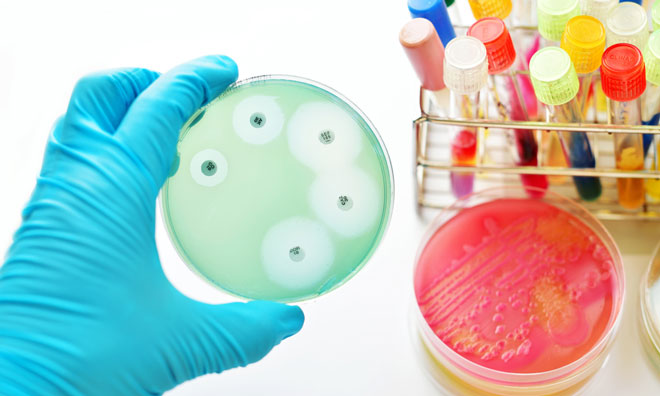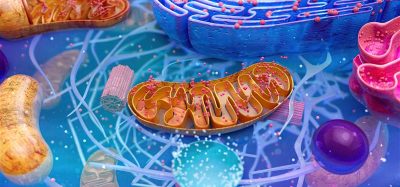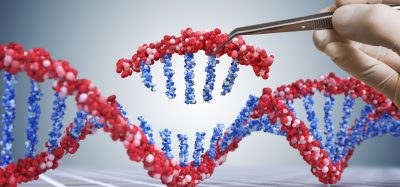Disrupting the mechanism pathogens use to infect host cells
Posted: 19 December 2023 | Drug Target Review | No comments yet
New understanding of the communication system between pathogens and host cells provides a way to avoid antimicrobial resistance.


A team of scientists led by the University of Massachusetts Amherst, including researchers from the biopharmaceutical company Microbiotix, have discovered how to disrupt a mechanism that pathogens use to infect host cells. They have also developed a test to find next-generation drugs to target this cellular machinery.
Typically, pathogens are treated with an antibiotic drug which works by getting inside the harmful cell and killing it. However, antibiotics need to be both water soluble, so that it can travel easily through the blood stream, and oily, to cross the pathogen’s cell membrane, its first line of defence. Of course, water and oil do not mix so it is challenging to design a drug with both characteristics.
Another difficulty to overcome is that pathogenic cells have developed an efflux pump. This recognises antibiotics and then safely excretes them from the cell, where they cannot do any harm. The pathogen remembers what the specific antibiotic looks like if the antibiotic can’t overcome the efflux pump and develops additional efflux pumps to efficiently handle it, therefore becoming resistant.
The paper’s senior author Dr Alejandro Heuck, Associate Professor of biochemistry and molecular biology at UMass Amherst, and his colleagues were especially interested in a communication system between pathogens and host cells named the Type 3 secretion system. So far, this seems to be an evolutionary adaptation unique to pathogenic microbes.
Similarly to pathogenic cells, host cells have thick, difficult-to-penetrate cell walls. To breach them, pathogens have developed a syringe-like machine that first secretes two proteins: PopD and PopB. Individually, neither PopD nor PopB can breach the cell wall, but the two proteins together can create a translocon, the cellular equivalent of a tunnel through the cell membrane. When this tunnel is established, the pathogenic cell can inject other proteins that do the work of infecting the host.
This entire process is called the Type 3 secretion system, which will not work without both PopB and PopD. Heuck said: “If we don’t try to kill the pathogen then there’s no chance for it to develop resistance. We’re just sabotaging its machine. The pathogen is still alive; it’s just ineffective, and the host has time to use its natural defences to get rid of the pathogen.”
Blocking assembly of the translocon
To find a molecule that can block the assembly of the translocon, Heuck and his colleagues used an enzyme class called the luciferases as a tracer. Luciferases are like enzymes that cause lightning bugs to glow at night.
The team then split the enzyme into two halves. One half went into the PopD/PopB proteins, and the other half was engineered into a host cell. These engineered proteins and hosts were flooded with different chemical compounds. If the host cell lights up, that means that PopD/PopB successfully breached the cellular wall, reuniting the two halves of the luciferase, causing them to glow. If the cells stayed dark, the researchers knew which molecules broke the translocon.
This research has applications in the world of pharmaceuticals and public health, but also advances our understanding of how microbes infect healthy cells.
This study was published in ACS Infectious Diseases.
Related topics
Antibiotics, Enzymes
Related conditions
Antimicrobial resistance (AMR)
Related organisations
Microbiotix, University of Massachusetts Amherst
Related people
Dr Alejandro Heuck (UMass Amherst)







